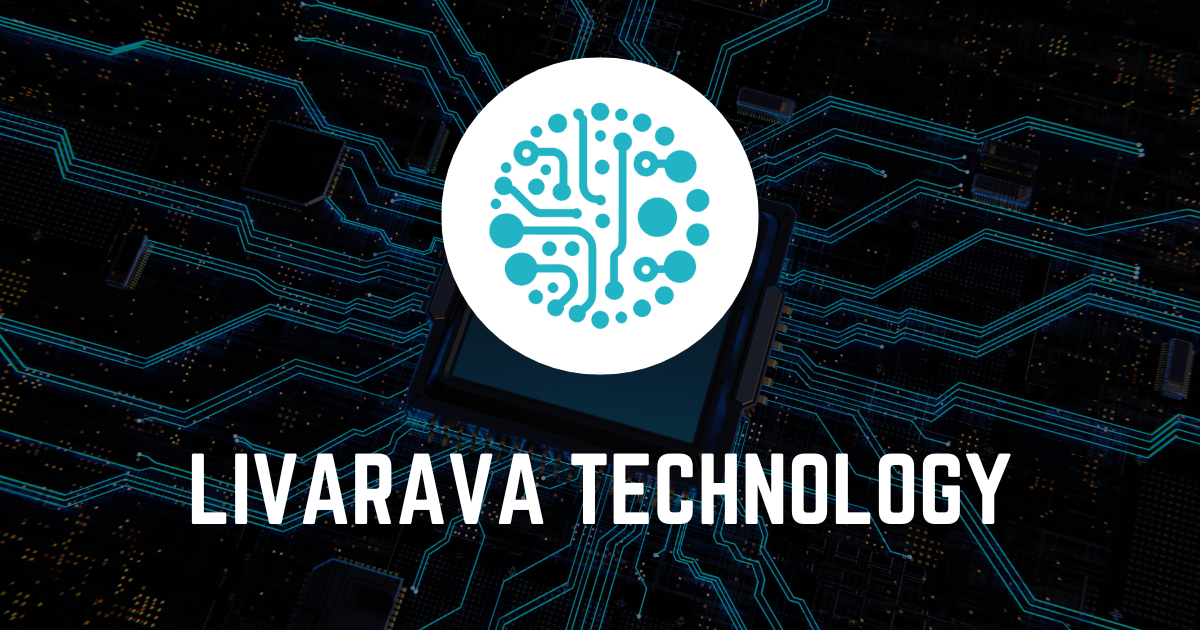Understanding the Dangers of Algorithmic Collusion in the AI Era

Introduction
The rise of artificial intelligence in various industries has led to significant changes in pricing strategies. One alarming trend is algorithmic collusion, a potentially dangerous phenomenon where AI systems coordinate prices in ways that can harm consumers.
Understanding Algorithmic Collusion
- Definition: Algorithmic collusion occurs when AI algorithms used by different companies inadvertently or deliberately align prices.
- Industries Affected: This issue is spreading across multiple sectors, leading to increased prices and reduced competition.
- Legal Implications: Current laws may not adequately address the nuances of AI-driven pricing, necessitating a review and update to existing regulations.
The Need for Effective Legislation
As algorithmic collusion grows, it is critical for lawmakers and regulatory bodies to step up their efforts in monitoring and evaluating AI technologies. By doing so, they can safeguard market fairness for consumers and businesses alike.
Conclusion
In the face of this emerging challenge, stakeholders in both the public and private sectors must work together to implement comprehensive legal frameworks that address algorithmic collusion effectively. The future depends on our ability to keep pace with the rapid advancements in AI technology while ensuring ethical practices in pricing.
This article was prepared using information from open sources in accordance with the principles of Ethical Policy. The editorial team is not responsible for absolute accuracy, as it relies on data from the sources referenced.